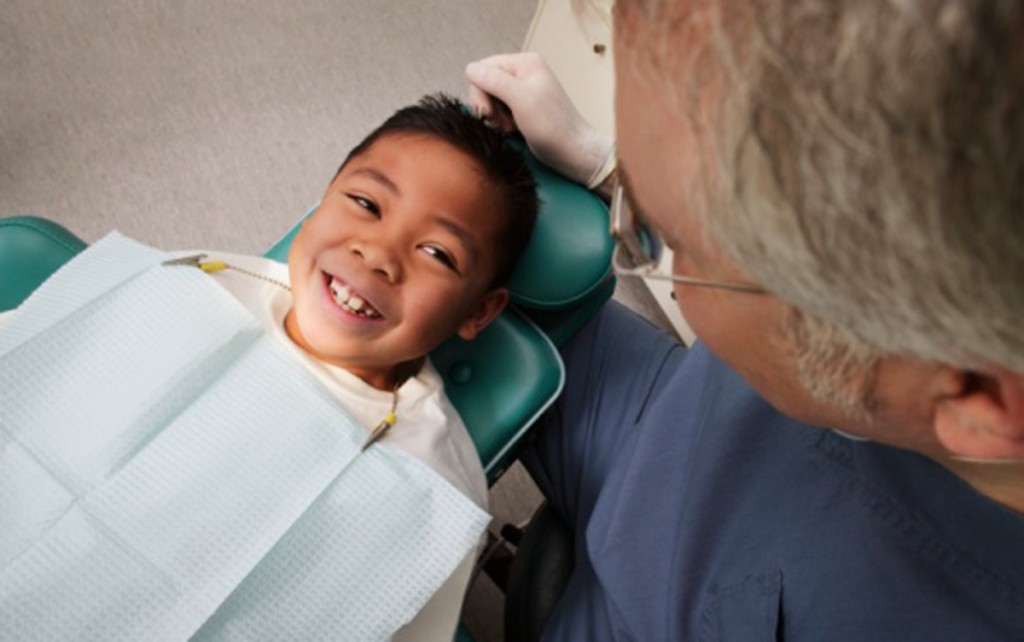Not long ago, Connecticut was in a major oral health crisis. In 2005, fewer than one in three children covered by Medicaid saw a dentist – one of the lowest rates in the country.
Less than a decade later, the picture was far different:

- Connecticut was first in the nation in the percentage of children with Medicaid who visited a dentist in 2013, according to a national report.
- The percentage of poor children ages 3 to 5 with untreated dental decay fell by 50 percent between 2007 and 2011, according to a state Department of Public Health study.
- Children of all races and ethnicities with Medicaid were far more likely to receive preventive dental care in 2013, compared to 2008.
What led to that remarkable turnaround?
It was a combination of advocacy, policy, funding, and people working together.
To raise awareness and find solutions to the problem of children’s dental health, the Connecticut Health Foundation:
- Brought together oral health providers, children’s organizations, and others to work collaboratively on a blueprint for change
- Funded the Connecticut Oral Health Initiative, an advocacy organization of health professionals and community leaders
- Commissioned a study on improving oral health care across the state that offered recommendations for action
- Awarded a grant to the efforts that ultimately led to higher Medicaid reimbursement rates for dental care in Connecticut
That combination of advocacy, funding, and collaboration also underpinned other changes that helped to fix the problem.
Because of very low payment rates, few dentists were treating children covered by Medicaid – known as HUSKY in Connecticut. A class-action lawsuit over the rates was settled in 2008, which led to increased payment rates for dentists who treated children in HUSKY.
Money wasn’t the only factor, though. Other changes that were instrumental in the major gains include:
- Hard work by the state Department of Social Services and the Connecticut State Dental Association to encourage more dentists to treat patients covered by HUSKY
- Streamlining in the administrative side of the HUSKY dental program, which made it less of a hassle for dentists to participate
- Dentists who began accepting Medicaid patients helped convince their colleagues to do the same
While Connecticut has made great strides, more recent data shows dental care rates have dropped among children covered by HUSKY. It’s important to stay vigilant to protect the gains many worked hard to achieve – and to pursue solutions through a variety of approaches that complement one another.